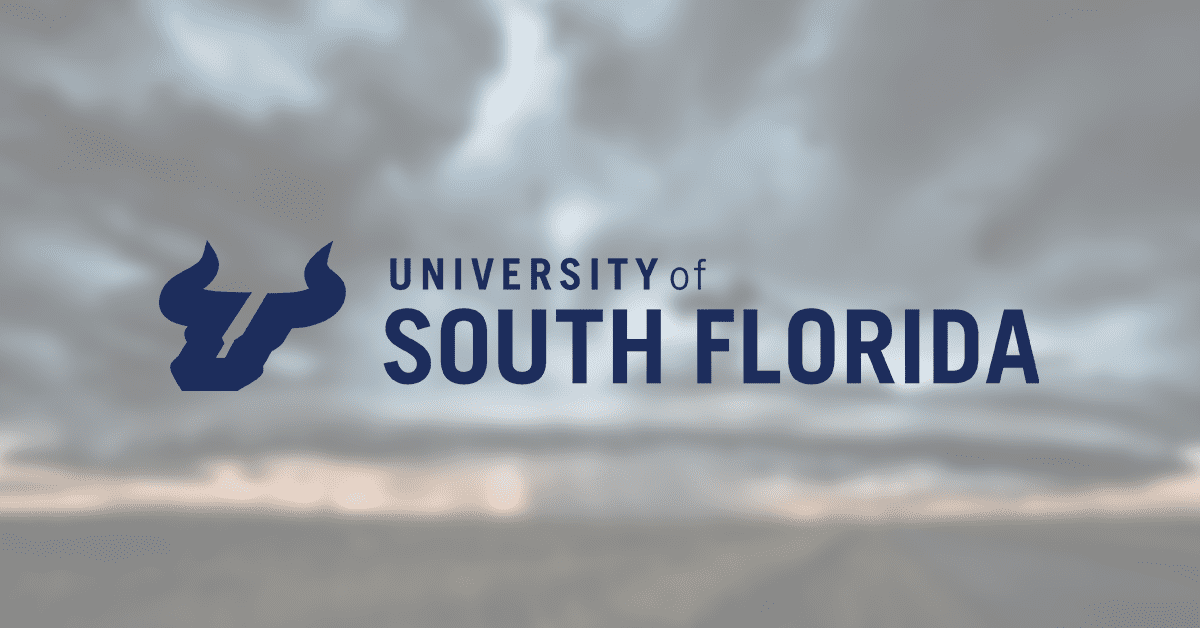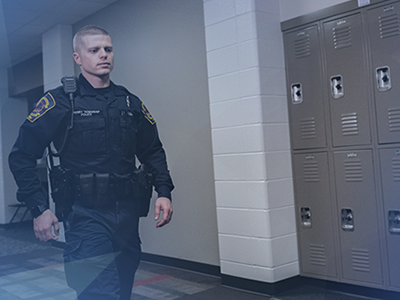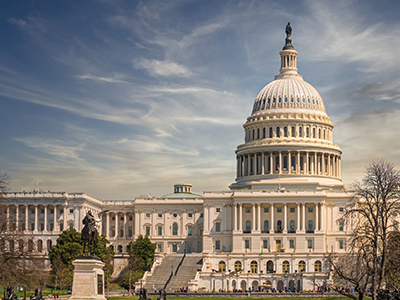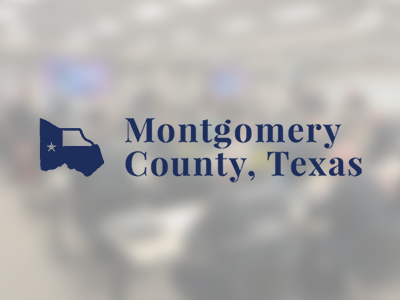University of South Florida Keeps More Than 66,000 Community Members Safe During Severe Weather Through Rave Alert
Customer Success Story
University of South Florida Keeps More Than 66,000 Community Members Safe During Severe Weather Through Rave Alert

Industry
Challenges Solved
Critical Communication, Employee Safety, Mass Notification, Safety & Protection, Severe Weather Emergencies
Customer Details
The University of South Florida has 51,000+ Students and 15,000+ Faculty and Staff.
Solution
THE CHALLENGE
For much of the year, safety officials at the University of South Florida (USF) spend time tracking all kinds of weather events so they can keep their campus community out of harm’s way.
USF is based in the Tampa Bay region, with campuses in Tampa, Sarasota and St. Petersburg. The university sits in the central part of Florida and can experience severe weather events from March to November. During this period, hurricanes and tornadoes generally strike between June–November, while major thunderstorms and lightning occur from the spring to the fall.
“Some of the weather we have is more commonplace and some if it is more destructive,” said Christopher Akin, USF’s director of IT. “Tornadoes are a concern to us because of their fast and difficult-to-forecast nature. There’s a tendency for tropical fronts to form around where we are, and then the possibility of tornadoes occurring. We wanted to be able to customize our weather alerts and just notify our campus of this specific weather event.”
Though Florida isn’t part of Tornado Alley, it has more tornadoes per square mile than any other state. The current average lead time for a tornado warning is 13 minutes, according to the National Oceanic and Atmospheric Administration (NOAA). This means that from the time a warning is issued to the time it’s predicted to hit an area, people have 13 minutes to seek shelter.
“We’re a large university with about 51,000 students and 15,000 employees and community members,” Akin said. “We needed reliability and a quick response was important to us. The Rave platform immediately performed out of the gate. We could prove we could send messages out very, very quickly.”
The Solution
USF has used Rave Alert for over 10 years and the mass notification system is essential to protecting the campus community during severe weather. Though USF could get general notifications out to its campus community, administrators wanted these messages to be more targeted.
“What was happening was the National Weather Service would issue a tornado alert in a county where one of the campuses is located. Our public safety dispatchers would verify the location and try to figure out if there was any possibility that it could affect that campus,” he added. “Then they would manually send out an alert based on that judgement. So there was a lot of judgement calls, a lot that needed to be done, and a lot of time wasted. By the time they got the messages out, the tornado warning sometimes would be expired.”
As a result, Akin and others worked with Rave Mobile Safety to enhance automated weather alerts in the mass notification system.
“Some products will alert based on your county you’re in and that didn’t really work for us because Florida counties are quite large, so something happening in the south end of the county may not ever affect one of our campuses,” Akin said. “The National Weather Service sends out geographic coordinates where the alert is and Rave Alert is able to read it. We use Rave Alert to draw a polygon around our campus, so we only get the alerts we want that are going to affect our property. Now with the automation, we get an alert immediately and within two minutes we send them out.”
Akin and other administrators sent out emergency notifications when all three campuses were under tornado warnings within a few weeks in late 2018. The Sarasota campus was first under a warning in early October and experienced minor wind damage from a tornado. USF officials sent text messages to approximately 2,500 students, faculty and staff in Sarasota. Soon afterwards, they sent out text messages out to about 6,000 students, faculty and staff at the St. Petersburg location for another warning. Finally, the Tampa campus was under a tornado warning in November, and about 58,000 students, faculty and staff members received text messages in a matter of minutes.
In addition to text messages, administrators also sent out automated alerts simultaneously through digital signage, desktop alerts and the main university website. They later notified each campus when the tornado threat was over.
“This is what we like about Rave Alert,” Akin said. “It’s automated. The police department didn’t have to do anything for these alerts to go out. My IT staff didn’t. The PR people didn’t. It’s zero work. Rave Alert works behind the scenes and we’ll send out a manual ‘All Clear’ after the alert expires.”
He also said being able to target specific campus prevents alert fatigue with the USF campus community.
“We’re not having to alert people in St. Pete, which is a whole other county away, when there’s a problem in Tampa,” Akin said. “If we did, they wouldn’t listen to us anymore. We’re able to send alerts that are only applicable to them.”
In addition, Akin and other USF administrators use Rave Alert to warn the campus community about hurricanes. They use the system to notify if a campus is closed and when it reopens, as well as recall key support. “It’s a key tool in our toolbox,” he said.
USF is considering using Rave Alert to notify USF campuses for potential lightning strikes. Florida has the highest density of lightning strikes, averaging about 20 per square mile every year for the last five years. From 2007 to 2018, 47 people were killed by lightning in Florida. The state’s heat and humidity set the stage for lightning, especially for counties near coastal areas. Central Florida, where the USF campuses are located, is known as the lightning capital of the U.S.
“We’re on the Gulf Coast in Central Florida, so severe thunderstorms happen every afternoon in the summer,” he said. “Lightning is difficult to forecast, but if it’s struck an area once, it’s likely to strike in the same area. We have a lot of outdoor facilities here and we don’t want people to be out in the open. We’ve had two lightning fatalities on campus in years past and we want to protect against that.”
“We have a good working relationship with Rave, and Rave Alert has been very effective letting our entire population know almost simultaneously what might be happening.”
CHRISTOPHER AKIN
DIRECTOR OF IT
UNIVERSITY OF SOUTH FLORIDA
The Result
In addition to severe weather, USF issues emergency notifications through Rave Alert for power outages, fires, environmental disasters, criminal activities, such as active shooters, armed person and bomb threats, and other Clery Act-related issues.
“Rave Alert has helped us get the word out about dozens of events each year since we’ve had it,” he said. “We keep the campus up-to-date when
it comes to campus safety matters. We send out alerts based in part on Clery Act guidelines, but we also want to ensure a safe environment. We’ve had a couple of incidents, such as a bomb threat and criminal activity, where we can warn the campus population away from that area. It’s been very effective.”
Using Rave Alert for more than 10 years has given Akin an opportunity to offer input to implement innovations in the mass notification system.
“We’re constantly going back to our Rave contacts to let them know what we’re hearing from our students, public safety people, faculty and staff as far as functionality is concerned,” he said. “Rave Mobile Safety is very quick to turn around a customer request into a reality pretty quickly. Some of the features you see in Rave Alert are a direct result of us working together about what makes sense in this growing arena.”
Akin noted the development of SnapSend as an example of this collaboration. With SnapSend, dispatchers can author messages and send them out even quicker.
“Our police dispatchers or whoever is sending out an alert can pull up a template very quickly based on an emergency alert,” he said. “It doesn’t require a lot of additional button pushing. It gives them a list of scenarios and with two or three clicks, they can get an alert out. That’s all they have to do. It’s meant to be very quick — select it and go.”
“We have a good working relationship with Rave, and Rave Alert has been very effective letting our entire population know almost simultaneously what might be happening,” Akin added.
More From Rave Mobile Safety
Talk With An Expert
Discover our prepackaged solutions or configure a package that’s right for your community, company, K-12 schools and higher education system. Learn how you can be up and running in days, take advantage of unlimited emergency usage, and benefit from unbeatable performance and customer satisfaction.




